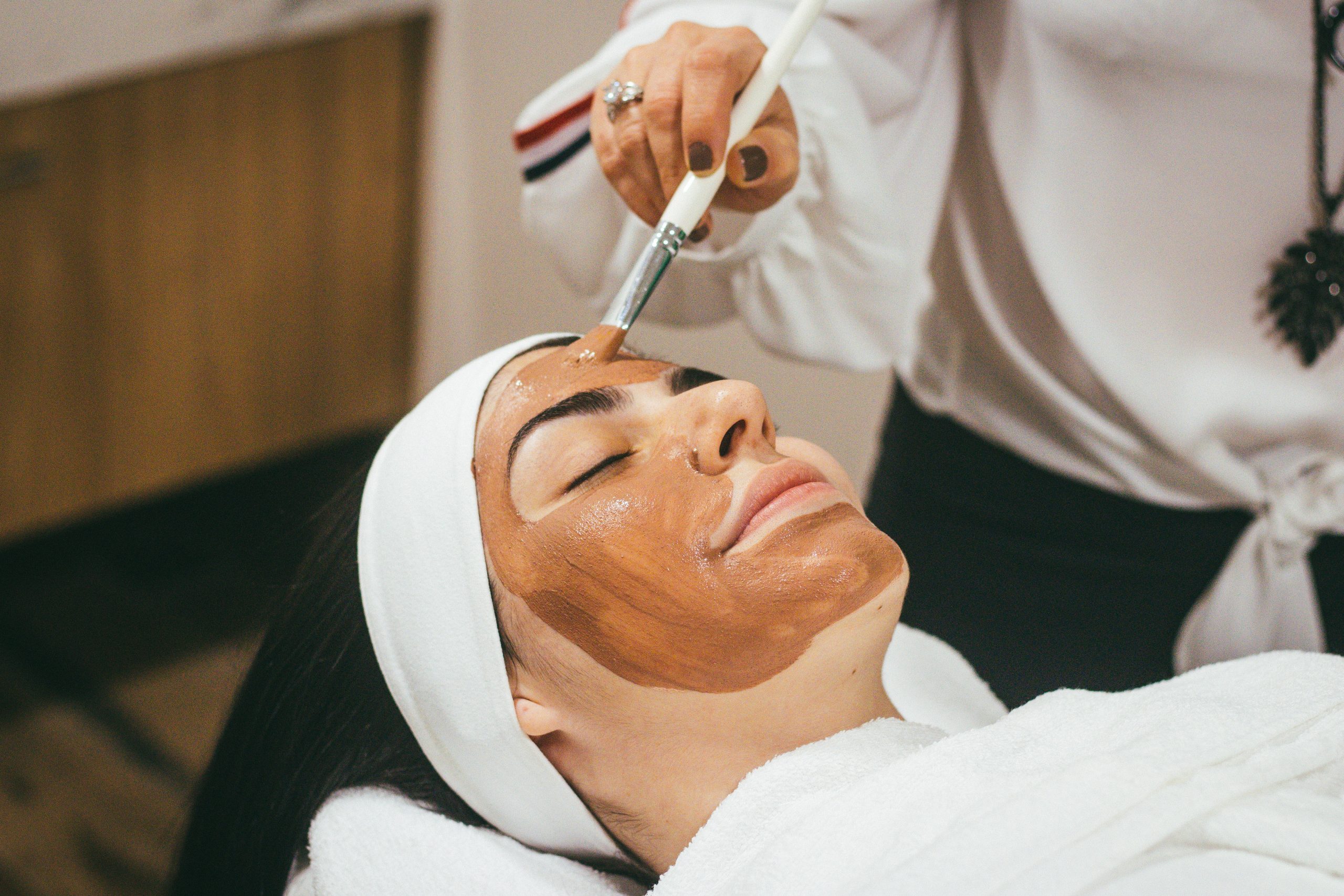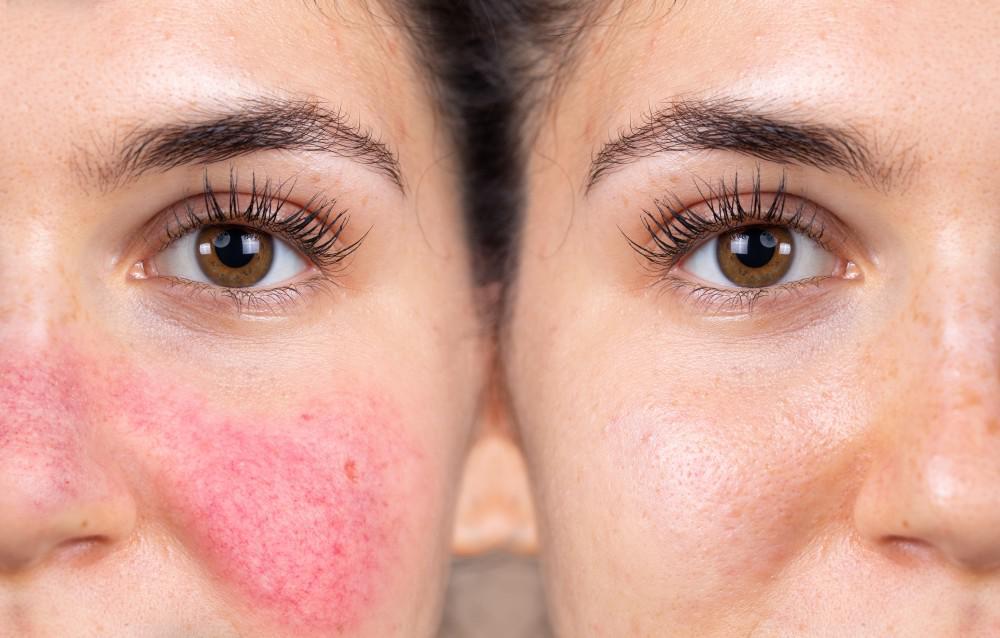Facial redness on the cheek area is quite common. Almost all of us feel this sensation of heat at one time or another, especially in the winter due to the aggression that the weather produces on our skin, but it is people with thin, dry and fair skin who are more often in this situation.
By having thinner skin, it is easier for it to be affected by all the factors that cause redness, and, in addition, the light tone of the skin makes the reddish color stand out and is more obvious.
Causes of Facial Redness
Redness is produced by the alteration of the blood microcirculation of the vessels – capillaries – that irrigate the skin of the affected areas, that is, mainly the cheeks, chin and nose.
Capillaries are very thin and not very resistant vessels and when, due to different factors, they are subjected to a more or less frequent process of continuous dilation and contraction, they become more and more fragile and permeable and finally the dilations become permanent.
The following factors can be the cause of the alteration of the microcirculation:
- Sudden changes in temperature: when temperature variations occur, processes of contraction and dilation of the vessels begin and if they are sudden or frequent, they can end in the loss of elasticity of the vessels.
- Intense heat, wind, cold… These factors accelerate and promote the dehydration of the skin.
- The sun and UVA lamps which produce an aggression on our skin, also affecting the cutaneous microcirculation.
- Tobacco, in addition to its many other harmful effects on health, also affects circulation.
- Alcohol, its frequent and/or excessive consumption is also linked to circulatory problems.
- Blows or small traumas, after which redness may appear and be maintained due to the injury of a vessel.
- Irritating products – Certain products, such as cosmetics, detergents, chemicals or even highly chlorinated or hard water can cause irritation and redness on the skin.
- Hot, spicy or very spicy foods and drinks: they increase body heat and vasodilation.
- Stress, nerves or intense emotions increase the heart rate and dilate the blood vessels.
- Certain pathologies related to blood circulation (such as hypertension) can also influence the appearance of facial redness.
- Hormonal changes: such as those that occur during pregnancy, the menstrual cycle or menopause.
What Are the Dermatological Problems Related to Facial Redness?
The problem of facial redness is generally progressive, if the skin is not treated with the right products, it gets worse. This means that from a simple temporary redness, we can move on to pathologies such as couperose or rosacea.
In ascending order of severity, there are:
- Transient Facial Redness or Flushing
This is the transient redness of the skin of the face and neck that is caused by increased blood flow due to temporary vasodilation of the vessels in the area.
- Telangiectasias
These are small facial veins which, when dilated more or less continuously, show through the skin of the cheeks in the form of branched filaments and give a characteristic spider web appearance.
- Couperose
Couperose is a dermatological condition in which the dilation of the capillaries is already more or less permanent, so that the redness and telangiectasias are almost continuous.
- Rosacea
Rosacea is a chronic inflammatory skin disease, most common in women, which manifests itself in the form of flare-ups and in which redness and telangiectasia are present along with other symptoms such as papules and pustules – acne-like pimples -, high skin sensitivity, burning, itching, etc.
Caring for Your Skin That Is Prone to Redness
Skin prone to redness must be cared for with specific products that calm it and help keep the fragility of the hair at bay, not only to relieve the redness, but above all to prevent it from getting worse.
For daily cleaning, it is important that the water temperature is not too high and to use very gentle cleaning products, preferably without rinsing and with a soothing action.
Moisturizing is very important to restore comfort to the skin and prevent itching, irritation and burning. Colored creams, or specific BB creams to treat this skin, are very useful as they also serve to hide redness.
For skin prone to redness, daily sun protection throughout the year is even more essential because, as mentioned earlier, the sun aggravates the problem.
There you are! You now know more about the most probable causes of facial redness and how you can solve it. What have you been doing so far to deal with your skin redness? Let us know in the comments below.

